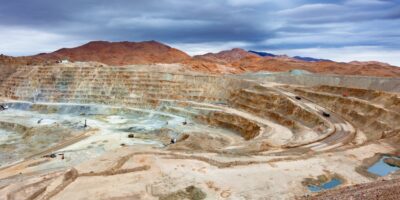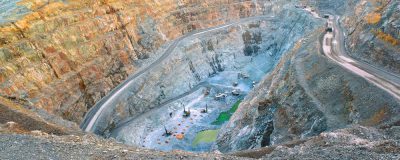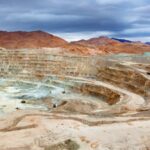Mining companies are increasingly recognising the importance of corporate water transparency as part of their Environmental, Social and Governance (ESG) strategies. By adopting water reporting standards, mining companies can minimise their environmental impact and enhance investor confidence.
Why water transparency matters
Leading mining companies like BHP, Freeport-McMoRan, Glencore and Rio Tinto have committed to water governance by aligning with standards such as the Responsible Minerals Initiative (RMI) and the International Council of Mining and Metals (ICMM) standards. Reporting with recognised frameworks like the Global Reporting Initiative (GRI) ensures that mining companies stay on track with their ESG goals while mitigating water-related risks.

3 tips for effective water reporting
1. Leverage water reporting standards
The ICMM’s ‘Water Reporting: Good Practice Guide’ provides a foundation for consistent and transparent water reporting. It defines key metrics and offers practical guidance to enhance water transparency. Additionally, the Mining Association of Canada’s Towards Sustainable Mining (TSM) standard is a globally recognised framework that helps companies manage environmental and social risks throughout the mining lifecycle.
2. Adopt the right tools
Traditional water management tools focus on site-specific practices, often missing the catchment-scale water risk context. Effective, modern mine water management leverages dynamic integrated hydrological models coupled with cloud-based platforms linked to historical and real-time data. Understanding and applying the outputs of advanced numerical models in the context of dynamic, catchment-scale system is essential to managing challenges like Tailings Storage Facilities (TSFs), mineral processing facilities and mine dewatering. Cloud-based platforms like DHI’s MIKE Mine, with the capability to view and manage site data and hydrological models give users an unprecedented advantage in water management.

3. Visualise and manage data
Mining companies must manage diverse historical records and acquire real-time data to get a comprehensive view of water conditions. By using customisable dashboards that pull data from secure, cloud-based platforms, operators can consolidate multiple data streams and generate actionable insights in real time. This streamlines the water reporting process and enhances situational awareness.

The benefits of responsible water management
Consistent water reporting is more than just meeting ESG commitments; it demonstrates a company’s commitment to addressing water scarcity and managing risk. MIKE Mine and other digital tools increase stakeholder transparency while enabling responsible water practices, lowering operational costs and strengthening investor trust.
To explore advanced mine water solutions like MIKE Mine, reach out to learn how DHI’s cloud-based platforms can help you make smarter, faster decisions at your mine site.








